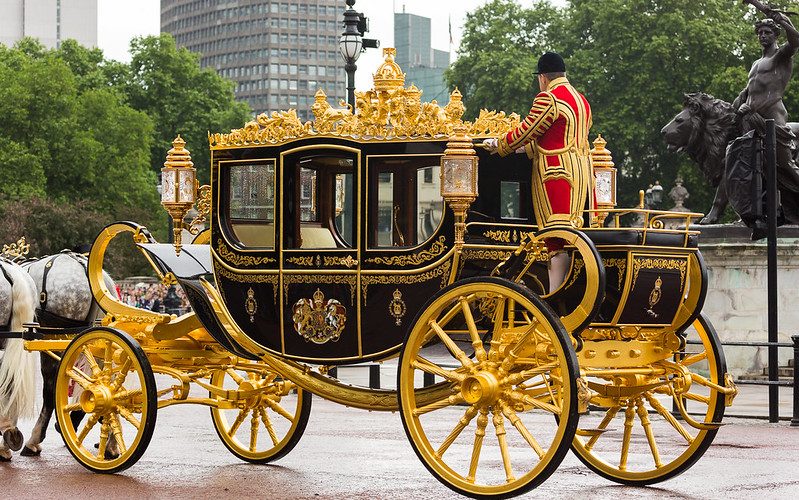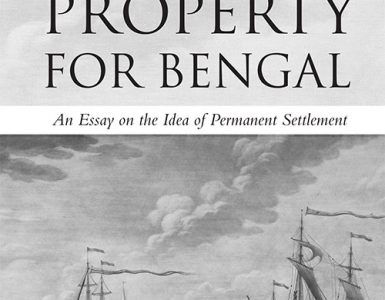Laura Clancy
Upon the death of Queen Elizabeth II in 2022, her son Charles became king and with it inherited everything belonging to the sovereign. Distinct from their wealth as private individuals, the sovereign’s wealth refers to anything that is owned by the sovereign ‘in right of the Crown’. This includes the lucrative property portfolio The Crown Estate, which owns swathes of property and land around the UK including the whole of London’s Regent Street, and is worth around £15.6 billion.
King Charles paid no inheritance tax on the ‘sovereign-to-sovereign’ bequests from his mother. This is because inheritance between monarchs is exempt from the 40% tax normally applied to assets valued at more than £325,000, a clause agreed by then Prime Minister John Major in 1993. The monarch is also not legally liable to pay income tax, capital gains tax or inheritance tax.
While Charles not paying inheritance tax has made news headlines around the world, the other ways that the monarchy evades taxation through historical precedence remain largely obscured. The wealth of the monarchy and its exemptions from various taxes raise important questions about accountability; particularly as the monarchy is a public institution. Indeed, the revenues from the Crown Estate are paid to HM Treasury, and then 25% of the profits are paid back out as the monarchy’s official funding – the Sovereign Grant – which amounted to £86.3 million in 2022-23. This means that the monarchy is taxpayer funded, even whilst exempt from paying many taxes itself.
Public discourses of ‘skivers versus strivers’ to position those out of work as ‘scrounging’ from the state do not seem to apply to elite institutions, despite them extracting much more money from the state than your average benefit claimant (and, indeed, despite them having many thousands of times more wealth themselves than your average benefit claimant).
This is not to say that the monarchy is entirely unaware of the optics of this, and there are points when there has been a gesture towards notions of accountability, even if these are hollow. In 1993, responding to public anger over the news that public funds would be used to restore Windsor Castle after a massive fire, the monarchy announced it would pay ‘voluntary’ income tax and capital gains tax on the Privy Purse (the Sovereign’s private income, mostly from another property portfolio, the Duchy of Lancaster) and private investments, but only ‘to the extent that the income is not used for official purposes’. However, they don’t reveal the amount of income that the tax is payable from, leaving us with little information on the percentage of tax they actually pay. This presents taxation as a kind of benevolent giving that we should be grateful to receive, rather than a civic responsibility.
In 2011, royal finances were restructured in the shape of the Sovereign Grant, explicitly with the stated aim of aiding accountability. The annual payment is calculated from a
percentage of the Crown Estate’s net income, and the National Audit Office and Public Accounts Committee undertake regular examinations. However, anti-monarchy campaigners Republic have shown that any concerns expressed in the course of these examinations are often dismissed by the government. Furthermore, the framing of the Sovereign Grant as coming from the Crown Estate’s income makes it appear as though it is, as the Financial Times put it, ‘performance-related pay’. But the payment does not reflect actual profits or losses or the Estate. A House of Commons research paper says this was just ‘a means of arriving at a figure’.
The arbitrariness of this calculation is reflected in the history of payments. In 2011, the Sovereign Grant was 15% of the Crown Estate’s net income surplus, but in 2017 the Royal Trustees (the Prime Minister, the Chancellor of the Exchequer and the Keeper of the Privy Purse) agreed to 25%, with the addition of 10% annually to fund the 10-year project to renovate Buckingham Palace. A clause in the Sovereign Grant also says funding cannot decrease even if Crown Estate profits do, but it can increase when profits go up. This reflects a neoliberal culture which socialises losses and privatises profits, and is especially notable considering the austerity cuts to public institutions like the NHS. Given the profiles of the members of the Royal Trustees, who all have investments in maintaining systems of elite wealth, this also raises questions of the accountability of those ‘trusted’ to make these decisions. For whom is ‘performance-related pay’ prioritised? A nurse who saves 20 lives this week is rarely given such rewards.
Gestures towards accountability, then, seem merely used to assuage public criticism of elite privilege. The monarchy uses discourses of accountability in strategic ways, while manipulating the financial outcome to benefit the institution.
The monarchy might be a unique case study for this given its legal exemptions and reliance on historical precedence. But the institution also reflects issues of elite accountability more broadly. The monarchy’s promise to pay ‘voluntary’ income tax is not a million miles away from the promises Starbucks made in 2012, after receiving public criticism for paying no UK corporation tax for three years. The managing director of Starbucks, Kris Engskov, announced ‘we will propose to pay a significant amount of corporation tax during 2013 and 2014 regardless of whether our company is profitable during these years’. He then admitted that ‘the tax authorities were unaware’ of these plans. Given that it is not based on profit calculations, the announcement essentially boiled down to ‘voluntary corporation tax’. Tax lawyer Conor Delaney said this ‘made a mockery’ of the tax system.
On the one hand, as I argued in my book, this comparison reveals to us how useful it is to consider the monarchy itself as a corporation: committed primarily to reproducing its own wealth and power. It might use different means to get there (i.e. historical precedence, rather than moving its operations to another country), but it’s the same end point. Indeed, there are times when the monarchy even uses identical means to global corporations: in 2017, the Guardian revealed that the Duchy of Lancaster had put investments in a Cayman Islands fund as part of an offshore portfolio. The leak of documents showing the investments, the ‘Paradise Papers’, listed the monarchy alongside other companies like Apple and Nike.
On the other hand, it also shows us the broader workings of elite accountability, and how this is used in strategic ways. What does accountability look like in different contexts and for different groups? Who gets to decide what accountability is? And how do we differentiate between “actual” accountability (whatever that is) and “performed” accountability? How can discourses of accountability be used in strategic ways for the image management of an institution, while behind the scenes it’s business as usual?
As a public institution that receives taxpayer money, accountability for the monarchy should be paramount. In defences of the monarchy, it is often claimed that they represent “the people” and work on behalf of “the people” for the “public good”. Leaving aside the issues of which “people” are (not) included here, royal finances also counteract these claims. If tax justice is a tool for creating equal and just societies, the monarchy’s abuse of the tax system is inherently unjust, reproducing elite privilege, and sustaining systems of global inequality.

Laura Clancy is a Lecturer in Media at Lancaster University.
Header Image Credit: Michael Garnett
TO CITE THIS ARTICLE:
Clancy, Laura 2023. ‘How can the British monarchy contribute to the ‘public good’ if it abuses the tax system?’ Discover Society: New Series 3 (3): https://doi.org/10.51428/dsoc.2023.03.0004




